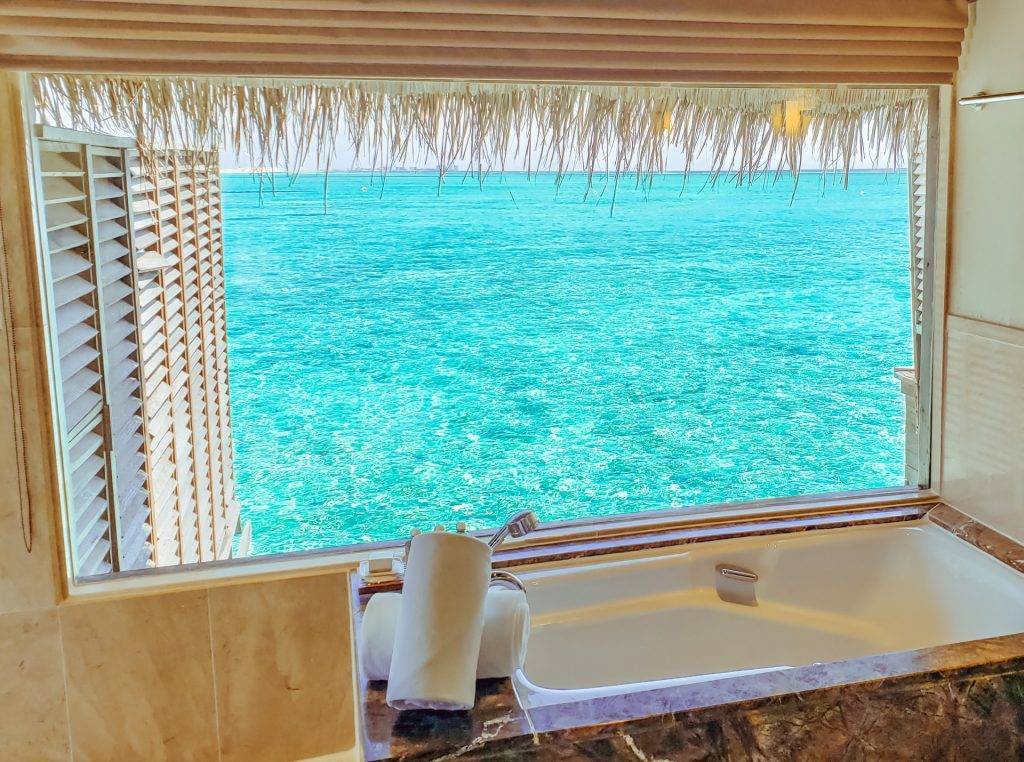How should we choose small hot tubs for the balcony?

There are many different types of hot tubs available for balcony use. For example, you can choose from a full-size rigid tub which is delivered in one piece. However, these tubs can be hard to install in high-rise buildings. To avoid any issues, it is best to contact a company representative before making a decision. They will be able to check if the installation process is possible and tell you what machines are required.
Stone pavers
Installing a hot tub on a patio or balcony can be a fun way to spend the day, but it’s also important to choose the right material. Using concrete slabs is not a good idea as they are not as sturdy as pavers. In addition, concrete slabs are susceptible to efflorescence and salt-scaling, which can tear the slab up into thin strips. Pavers are less porous, and they don’t absorb water as much.
Before you start laying the pavers for your small hot tub, measure the area first. Pay particular attention to the incline of the pavers to ensure that the hot tub will fit properly. If the incline of the pavers is too steep, you can place two slabs of wood side-by-side to form a level platform.
The size of your paving area will also determine the amount of materials needed. A small balcony or patio may be adequate. However, a larger patio may require a larger area. If the area you choose is larger, make sure that you allow at least one extra foot to accommodate utilities.
If you’re considering installing a small hot tub on your balcony, you can use a paver to surround it. Pavers are relatively inexpensive and come in different sizes, colors, and styles. You can even get bluestone-looking pavers that mimic real bluestone. Depending on your preference, you can also use natural stone pavers. These materials can cost between seven and sixteen dollars a square foot. The price range can be higher if you’re looking for a very special material, such as flagstone, granite, or marble.
Pavers are easy to install, and they don’t require a concrete base. However, you must still prepare the area and make sure that the pavers are at least 2 inches thick. Also, you should check your local building codes for the installation of hot tubs, as they are a permanent fixture.
Choosing the right material is important for the installation. Hot tubs are heavy fixtures, and the right material should be able to support their weight. They can weigh up to 200 pounds empty, but the weight goes up significantly when filled with water. You should also consider the location of the disconnect box, which is usually located outside your home.
Composite materials
Composite materials are the ideal choice for hot tub decking, which are both durable and low-maintenance. Composite decking is an attractive option because it allows you to place a hot tub lower into the deck. Additionally, composite decking can be used to build stairways around the hot tub.
A bench around the hot tub can be made of composite materials or natural wood for a modern look. The bench should be treated with varnish, lacquer, or oil to protect it from the elements. It should also match the accents of the home. The bench is a great way to add a personal touch to your hot tub. You can also use a bench made of composite materials to accent the rest of the room.
Before building your spa, make sure you have exact measurements. You need to leave an inch of clearance on the sides to accommodate the tub. In addition, it should have a space for lift-out deck sections to access service panels and hook-ups. In addition, you will need a place for the mechanical lift arms that lift the insulated cover.
Composite materials are durable and attractive. They are also environmentally friendly. Composite decking is also a great option for hot tub decking. It also protects against fading and mildew, which is a big plus. Unlike natural wood, composite materials are also easy to clean and maintain.
If you’re a frequent hot tub user, it may be best to install a hot tub on a raised deck that faces the entrances to the home. You can also add a stainless steel cable rail around the hot tub to give it a modern look. To further enhance the aesthetic, you can use a veneer panel or a half-sunk wall.
Fire pit
Hot tubs on balconies can be a fun addition to your home and are a great way to entertain guests. They’re also useful year-round, allowing you to enjoy the water at any time of year. While hot tubs may not have any health benefits, they do provide a relaxing and luxurious experience. However, they do require more thought than other balcony features.
To add a cozy atmosphere, you can add a fire pit next to your hot tub. Having a fire pit near the hot tub creates a separate area to relax and socialize. It’s also a great place to roast marshmallows or make s’mores!
First, consider your balcony’s size. Most balconies aren’t big enough to fit a full-sized hot tub. Balconies are designed to support around 50 to 100 pounds per square foot, so a hot tub fully loaded would put the structure over its limit.
Another important consideration is the weight of the hot tub. If you can’t get a full-size tub on your balcony, a small one is a good option. They can be quite bulky and expensive, but are much cheaper than full-size tubs. Inflatable hot tubs, on the other hand, can be placed almost anywhere.
If you have limited space, you might want to consider using a gazebo-style Japanese spa. The Japanese spa gazebo has three walls and a roof. These walls are made of wood, and there are also some wood stools and a BBQ in there as well. These gazebos are great for maximizing space.
In-ground hot tubs
While in-ground hot tubs are not typically the most practical for balconies, they are a nice addition. Although they require sitting on the floor, they are much cheaper than full-size versions. Most of these tubs are made of single-piece molded plastic, and they have a heater for heating. They also require an outside wall outlet. The downside is that these tubs can be difficult to store, especially if they have to be kept outside during the winter.
When purchasing an in-ground hot tub for your balcony, you need to consider the weight capacity of the hot tub. It is a good idea to consider the weight of your balcony and consider where to put the tub. If you live in an apartment block, there are likely rules regarding noise. Also, some apartment blocks do not allow people to hang their washing on their balconies. The hot water from a hot tub will create a lot of steam, which can damage the ceiling. Also, excessive water on your balcony can cause dampness and mold.
In-ground hot tubs for balconies are not suitable for second-floor balconies. They are best for first-floor balconies. They are more expensive than the above-ground variety, but are the perfect permanent outdoor accessory. These types of tubs are built in the same way as a pool, so it’s best to consult a local designer if you want to build one. These tubs add value to your property and are an excellent way to relax.
There are many different types of hot tubs available for balconies, and many different materials can be used for the outer shell. Some people use natural stone, while others use cement, brick, or wood. Other popular choices are acrylic and rotomolded plastic. Choosing the right material for your hot tub will depend on your space.
In-ground hot tubs for balconies come with a number of benefits, but the main costs of ownership will be the maintenance fees and energy bills. Most models come with easy-to-follow instructions for regular maintenance. If you want a hot tub without the hassle of a hot water heater, you can install a portable one with a waterfall and use it as a second source of heat for the pool.
About the Author

I am a writer who does research on the bathroom and researches whether minimalist or modern bathroom equipment and products. I will continue to write to make the time spent in the bathrooms enjoyable.
